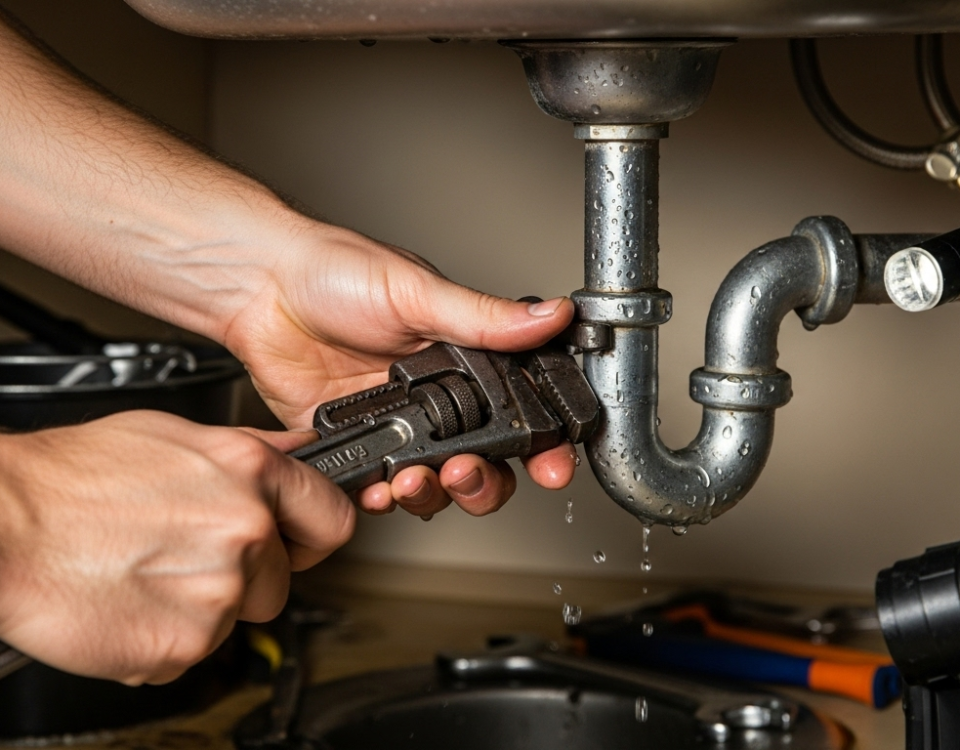Detecting Hidden Water Leaks in Your Home

How to Ensure Your Plumbing System is Working Properly
June 16, 2025
Why Roof Inspections Are Worth the Investment
July 2, 2025Introduction
Hidden water leaks can be difficult to detect, yet they can cause severe damage to your home if left unaddressed. These leaks can lead to increased water bills, structural damage, and even health risks due to mold growth. Identifying the warning signs early can save you time and money while preventing costly repairs.
1. Unexplained Increase in Water Bill
An unexpected rise in your water bill without any changes in your household’s water usage may indicate a hidden leak. Even small leaks can waste significant amounts of water over time, leading to higher costs. Checking your water meter and monitoring usage can help determine if water is being lost somewhere in your plumbing system.
2. Mold & Mildew Growth
Hidden leaks create damp environments that allow mold and mildew to thrive. If you notice mold or mildew forming on walls, ceilings, or floors—especially in areas that should remain dry—this could be a sign of a concealed water leak. Addressing the leak quickly is essential to prevent further structural damage and potential health risks.
3. Musty Smell
Persistent damp odors in specific areas of your home may indicate hidden water accumulation. When water seeps into walls, floors, or ceilings, it creates an environment where mold and bacteria grow, producing a musty smell. If cleaning and ventilation do not eliminate the odor, it’s important to investigate for potential leaks.
4. Water Stains & Discoloration
Yellow, brown, or dark patches on walls and ceilings are common signs of hidden moisture. These stains often appear when water from a leak seeps through building materials. Over time, they may grow larger and indicate worsening damage, making early detection and repair crucial.
5. Warped Floors & Peeling Paint
Wooden floors may start to warp or buckle if exposed to excessive moisture from an undetected leak. Additionally, paint or wallpaper may bubble, crack, or peel due to water damage behind walls. If you notice these issues, a hidden leak could be the cause.
6. Soft or Sagging Drywall
Water-damaged drywall often feels soft, swollen, or sagging due to prolonged exposure to moisture. If you press on a wall or ceiling and it feels spongy or weak, there may be a hidden leak soaking the material from behind. This issue can quickly worsen and lead to costly repairs if not addressed.
7. Unusual Sounds
If you hear hissing, dripping, or running water sounds when no taps are on, there may be a leak inside your walls, floors, or plumbing system. Listening for these sounds, especially at night when it’s quieter, can help detect hidden leaks early before they cause significant damage.
Conclusion
Detecting hidden water leaks early is crucial to preventing costly repairs and potential health risks. By staying alert to signs such as increased water bills, mold growth, musty odors, and water stains, you can take action before the damage worsens. If you suspect a leak but cannot locate it, consulting a professional plumber may be necessary to protect your home from long-term harm. Contact us to know more.


